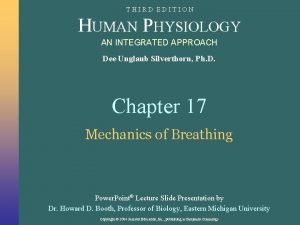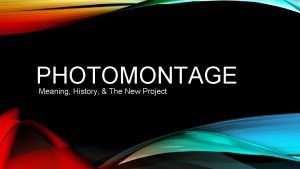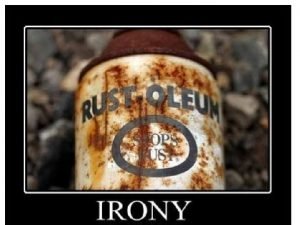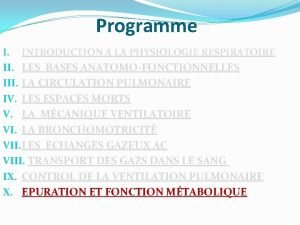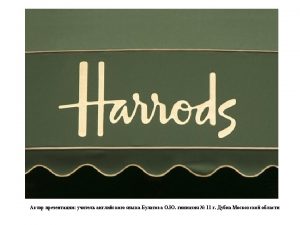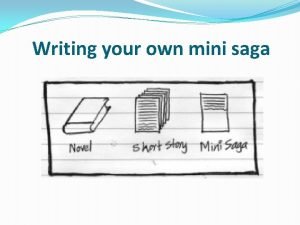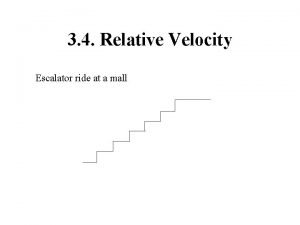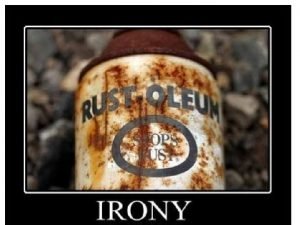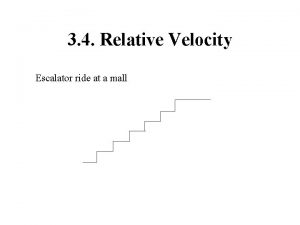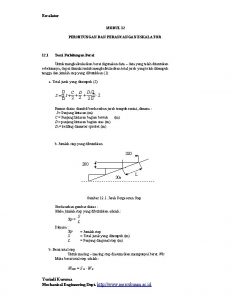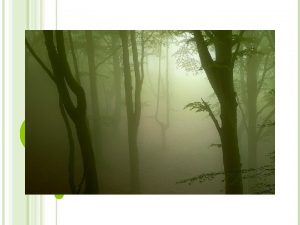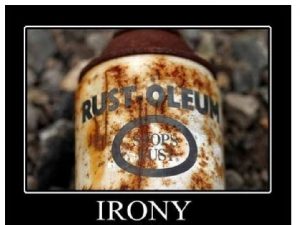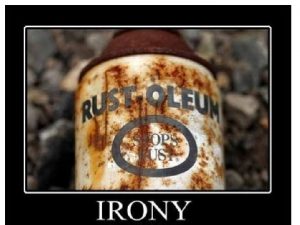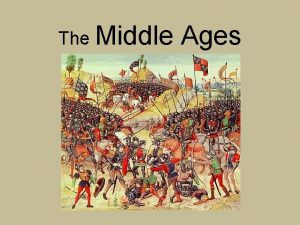Holography Introduction l Whats holography From escalator of




















- Slides: 20

Holography

Introduction l What’s holography? From escalator of MRT CKS memorial hall station.


Introduction A method of obtaining threedimensional photographic images. These images are obtained without a lens, so the method is also called lensless photography. The records are called holograms. l Invented by the British physicist Dennis Gabor in 1947. l British physicist Dennis Gabor won the Nobel Prize in physics in 1971.

l Ordinary photograph is 2 D recording of a 3 D image. l Holography is a 3 D recording of a 3 D object. l In photograph only the intensity variation of light is recorded. l In holography the intensity as well as the phase variation of the light is recorded

l The recorded photographic film is called a hologram

Comparison between photography l l l 2 D image of 3 D object Intensity variation only recorded Recorded film is called photograph Point to point recording of the intensity of light When cut into pieces, each piece gives partial information only holography l l l 3 D image of 3 D object Intensity and phase variation recorded Recorded film is called hologram Each point of the film receives light from all parts of the object Each piece gives full information of object

photography holography Lenses are needed l There is resemblence between object and image(photograph) l Only single image can be recorded on a film l Information capacity is less l l Lenses not needed l Holograms have no resemblence to the objects recorded l Several images can be recorded on a film l Information capacity is much more.

Basic principle l Recording of a hologram (construction) l Reconstruction

Recording of a hologram

Recording of Hologram l Laser light is split into two by a beam splitter l One part is incident directly on the film (reference beam) l Other part is incident on the object. The diffracted wave from the object(object wave)is incident on photographic film. l These waves superimpose on the film and hologram is recorded.

Reconstruction

Reconstruction l Hologram is illuminated with the same kind of light as reference waves l 2 images will be produced l One is virtual image-this can be viewed in 3 D form with all the characteristics of the object l Another is real image- which can be obtained on a screen and photographed.

Applications 1. 2. 3. 4. 5. Holographic image formation Fog droplet camera Dynamic aerosol camera Interferometry- to study the distribution of strain on objects using double exposure holographic interferometer Holography used for character recognition-applied to identify finger prints

Applications l Holographic gratings l Used in computer memories-with very high storage capacity l In bio medical science- for the NDT of artificial heart valve. l Acoustic holography l Holographic Microscopy

Application l 3 D picture:




 Timeline of holography
Timeline of holography History of holography
History of holography Mucocillary escalator
Mucocillary escalator Mucociliary escalator
Mucociliary escalator Glass ceiling vs glass escalator
Glass ceiling vs glass escalator Photomontage history
Photomontage history Ciliary escalator
Ciliary escalator The so-called ciliary escalator functions by
The so-called ciliary escalator functions by Gym escalator
Gym escalator Escalator muco ciliaire
Escalator muco ciliaire Harrods escalator
Harrods escalator Csp job escalator
Csp job escalator Frequency escalator sports marketing
Frequency escalator sports marketing Whats hot whats not
Whats hot whats not Whats an introduction paragraph
Whats an introduction paragraph Intro paragraph layout
Intro paragraph layout Whats a quarter past 8
Whats a quarter past 8 Whats half past 8
Whats half past 8 Mini saga meaning
Mini saga meaning What is a narrative essay definition
What is a narrative essay definition Whats an expository essay
Whats an expository essay


